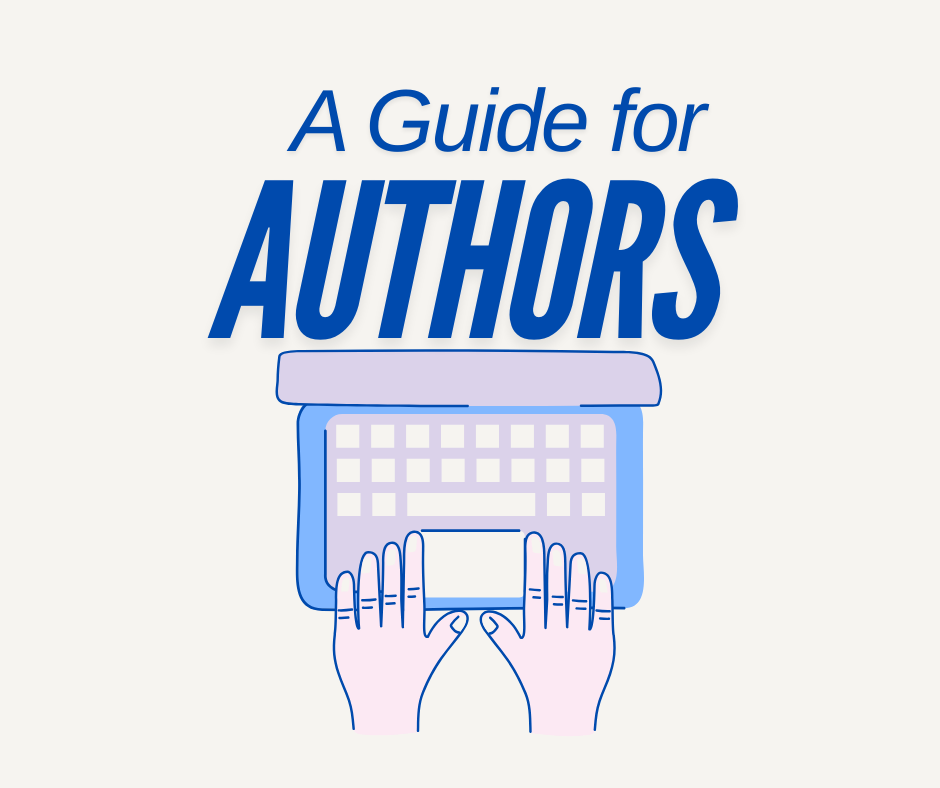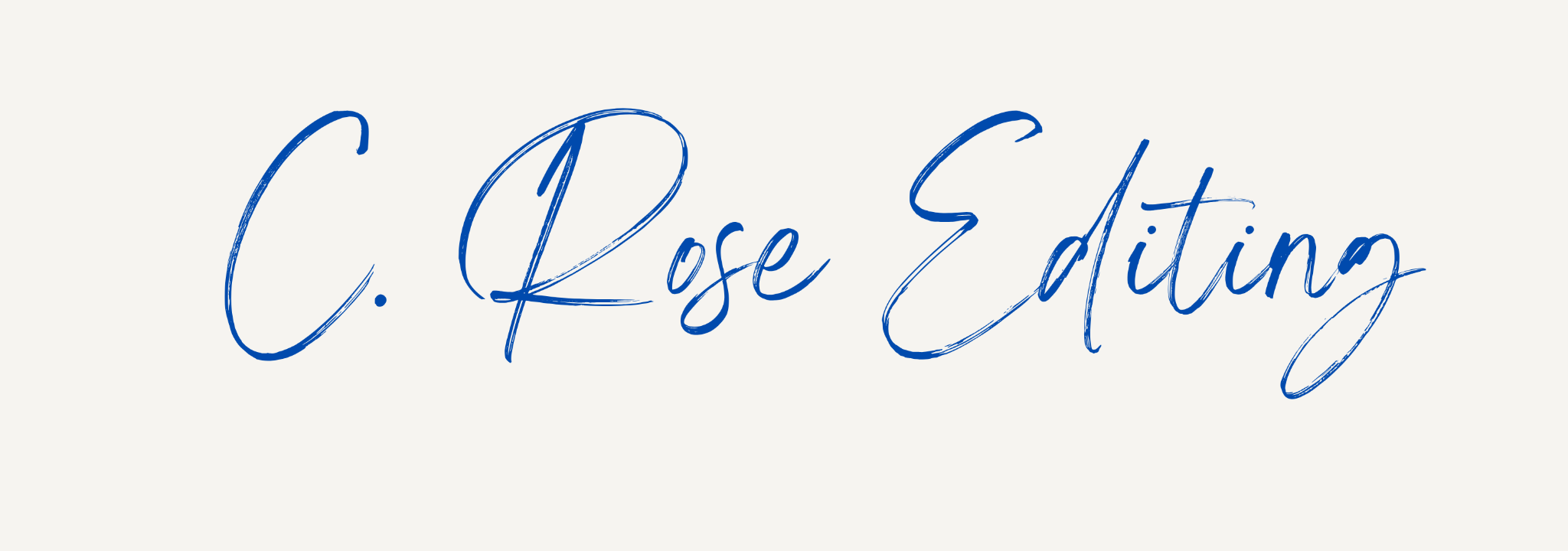Plotters, Pantsers and Other Caffeine-Fuelled Creatures
Writing a novel can feel a little like navigating a dense, magical forest—while some authors stride in with a map in hand, others simply follow the mysterious glimmers of light among the trees (no judgement on either, here).
These two camps of writers are commonly referred to as plotters and pantsers (so-called because they write “by the seat of their pants”). Between them lies a world of hybrid methods, spreadsheets, sticky notes and late-night caffeine binges.
So, let's talk about both approaches to writing a book and get it all out and into the open, once and for all.

Plotters
Plotters are the planners of the writing world. They thrive on structure, meticulously charting every twist, turn and character arc before they type a single word of prose. Think of them as the architects who create detailed blueprints for their stories, ensuring no stone is left unturned (if you've seen The Good Place, then picture Michael).
Famous Plotters:
J.K. Rowling is the quintessential plotter. Before penning Harry Potter, she sketched out a complex timeline of events spanning seven books down to the smallest details, like Snape’s arc, over 5 whole years.
Plotting isn’t one-size-fits-all, though. Some writers use intricate tools like Scrivener, scene cards or even mind maps to organise their ideas. Others might follow specific systems, such as:
The Three-Act Structure: Perfect for pacing thrillers or mysteries.
The Hero’s Journey: Ideal for fantasy or adventure novels, tracing the protagonist’s growth through trials and transformation. It's worth mentioning that The Heroine's Journey was also created on reflection that The Hero's Journey doesn't fit many fantasy stories featuring a female protagonist, that are more character-driven and introspective in nature.
The Snowflake Method: (My go-to method of choice when starting to plan!) Starting with a single idea, this method grows outward in complexity, much like crafting a symphony.
Plotting suits genres where intricate plotting is paramount, like crime fiction, fantasy epics or historical novels. Carefully layering clues, subplots, or world-building elements often demands thorough pre-planning, in my opinion, otherwise you end up writing two first drafts of your story.
Pantsers
Pantsers embrace the thrill of discovery. They plunge into their stories with little more than an idea or a spark of inspiration, letting their characters dictate the plot as they go. It’s a wild ride—at times exhilarating, at others terrifying—but for many writers, it’s the only way to truly capture the spontaneity of storytelling.
Famous Pantsers:
Stephen King likens writing to uncovering a fossil: “You dig it up slowly, one piece at a time.” He often begins with a “what if” scenario and lets the story unfold organically. He said, in his book On Writing, that he opts to do this because if he plans his novel, he is unlikely to finish it because he knows what is going to happen.
Margaret Atwood, who wrote The Handmaid’s Tale without knowing its ending, is another proud pantser.
The beauty of pantsing lies in its flexibility. You’re free to explore themes or characters as they emerge, which can lead to surprising, authentic narratives. This approach works well for genres like romance, where character chemistry evolves naturally, or contemporary fiction, which thrives on emotional truth and unpredictability.
When I’m writing a novel, what comes first is an image, scene, or voice. Something fairly small. Sometimes that seed is contained in a poem I’ve already written. The structure or design gets worked out in the course of the writing. I couldn’t write the other way round, with structure first. It would be too much like paint-by-numbers.
The Hybrids: Plotser, Planster or something in-between
For those who can’t commit to one camp, hybrid approaches offer the best of both worlds. You might sketch a loose outline but leave room for improvisation. I, personally, tend to find myself sitting in this camp. I thoroughly plan out my stories, complete with Excel spreadsheets covering themes, introduced characters and topics—and go forth with the understanding I'll likely ignore half of it.
Some common hybrid techniques include:
Plotting Key Milestones: Knowing your beginning, ending and major turning points—then filling in the gaps as you go.
Scene-by-Scene Planning: Drafting detailed outlines for tricky chapters but allowing the rest of the novel to evolve naturally.
Take Diana Gabaldon, author of Outlander. She writes her books in disjointed scenes, stitching them together like a quilt. It’s proof that you can find your own rhythm, blending structure with spontaneity.
Which approach is right for you?
Choosing between plotting, pantsing or something in between depends on your personality, writing goals and chosen genre. While some will swear up and down that planning is the only way to go, if it doesn't work for you, then it doesn't work for you. I personally find that if I don't plan, I'll write two first drafts or get so frustrated with the hole I've written myself into that I give up on the entire project. So, planning works best for me.
If you're not sure about which is going to be best for you, ask yourself this:
1. Do you enjoy detailed organisation, or do you thrive in creative chaos and problem-solving?
2. Does your genre require intricate world-building or clever twists?
3. Are you comfortable revising heavily during the editing process if your first draft is messy?
No matter your style, remember that the writing process is deeply personal. You can experiment with different approaches, try new tools or even mix methods within the same manuscript.
A Word on Caffeine-Fuelled Creativity
Whatever your method, all writers share one universal truth: we’re creatures powered by imagination, perseverance, and, often, unhealthy amounts of coffee or tea. Whether you’re furiously typing with a strict outline or wandering the narrative woods chasing an elusive muse, the key is to keep writing.
Plotters, pantsers and everything in between—our quirks and methods are part of what make the literary world so wonderfully diverse. Embrace your process, grab that next cup of coffee and enjoy the journey.
After all, there’s no wrong way to tell your story.


0 Comments Add a Comment?